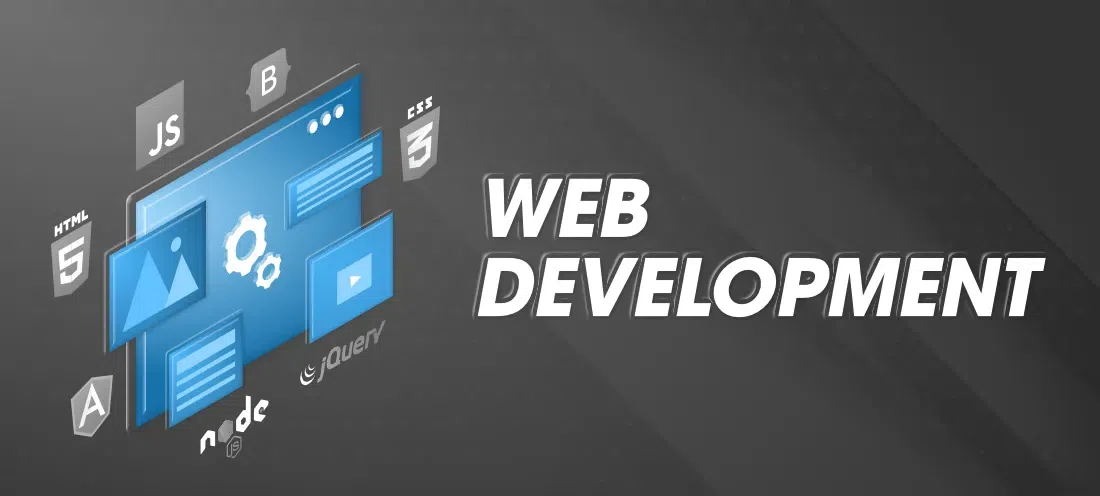The Essential Beginner's Guide to Web Design and Development Tools and Techniques
The Essential Beginner's Guide to Web Design and Development Tools and Techniques
Blog Article
Starting in web design and development can be both exciting and overwhelming. With countless tools and techniques available, it's crucial to understand the essentials that will set a solid foundation for your journey. This guide will walk you through essential tools and techniques every beginner should know to build effective and visually appealing websites.
Understanding Web Design and Development
Before diving into tools, it's essential to grasp the basics of web design and development. A website's design defines its look and feel, including layout, colour schemes, typography, and overall user experience. On the other hand, web development involves the coding and functionality that make a website interactive and responsive. Combining these two disciplines is essential for creating a cohesive and functional website.
Essential Tools for Web Design
1.Graphic Design Software: Software like Adobe Photoshop and Illustrator are crucial for creating and editing graphics, mockups, and visual elements. They allow designers to manipulate images and create assets that align with the website's visual identity.
2.Prototyping Tools: Applications like Adobe XD, Figma, and Sketch are crucial for wireframing and prototyping. These tools enable designers to build interactive prototypes and gather feedback before moving on to development.
3.Responsive Design Frameworks: Bootstrap and Foundation provide pre-designed components and grid systems to ensure your website looks great on all devices. They simplify creating responsive designs that adapt to various screen sizes.
Core Techniques in Web Design
1.User Experience (UX) Design: UX design focuses on enhancing the user's interaction with a website. It involves creating intuitive navigation, optimizing page load speeds, and ensuring that content is easily accessible. Understanding user behaviour and incorporating feedback is critical to improving UX.
2.User Interface (UI) Design: UI design is about the visual elements that users interact with, such as buttons, forms, and menus. Effective UI design uses colour, typography, and spacing effectively.
3.Accessibility: It is essential to ensure your website is accessible to everyone. This involves following guidelines for contrast, text size, and keyboard navigation to make your site usable for everyone.
Essential Tools for Web Development
1.Code Editors: Tools like Visual Studio Code, Sublime Text, and Atom are essential for writing and editing code. They offer syntax highlighting, code suggestions, and integrated version control, making the coding process more efficient.
2.Version Control Systems: Git is a widely used version control system that tracks changes to your code and facilitates collaboration with other developers. Platforms like GitHub and GitLab provide repositories for managing and sharing code.
3.Development Frameworks: React, Angular, and Vue.js provide reusable components and structures, which help build dynamic and interactive web applications.
Core Techniques in Web Development

1.HTML/CSS: HTML (HyperText Markup Language) forms the backbone of a website's structure, while CSS (Cascading Style Sheets) controls the visual presentation. Mastering these technologies is fundamental to web development.
2.JavaScript: JavaScript adds interactivity to websites, allowing you to create dynamic content, handle user inputs, and manage asynchronous requests. It's an essential language for modern web development.
3.Responsive Design: Like in web design, responsive web development ensures your website works well on various devices. Techniques like media queries in CSS help the layout and content fit different screens.
Conclusion
Starting with the right tools and techniques is crucial for any web design and development beginner. By mastering essential tools such as graphic design software, prototyping tools, and code editors, along with core techniques like UX/UI design, HTML/CSS, and JavaScript, you'll be well on your way to creating practical and visually appealing websites. Embrace these fundamentals, keep experimenting, and continually seek to expand your skills in this ever-evolving field. Report this page